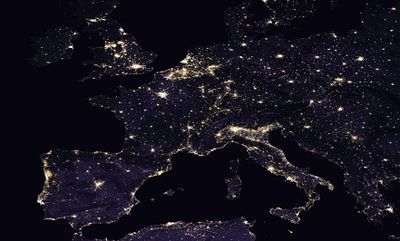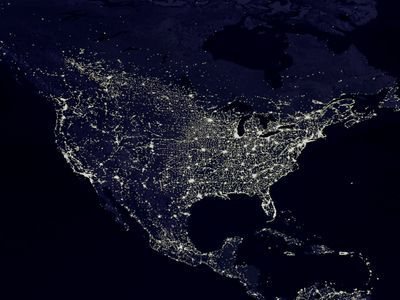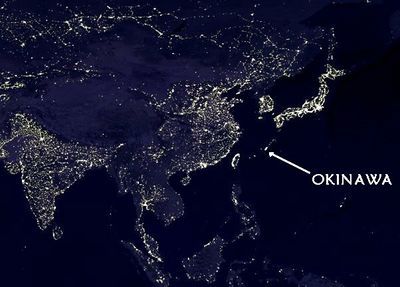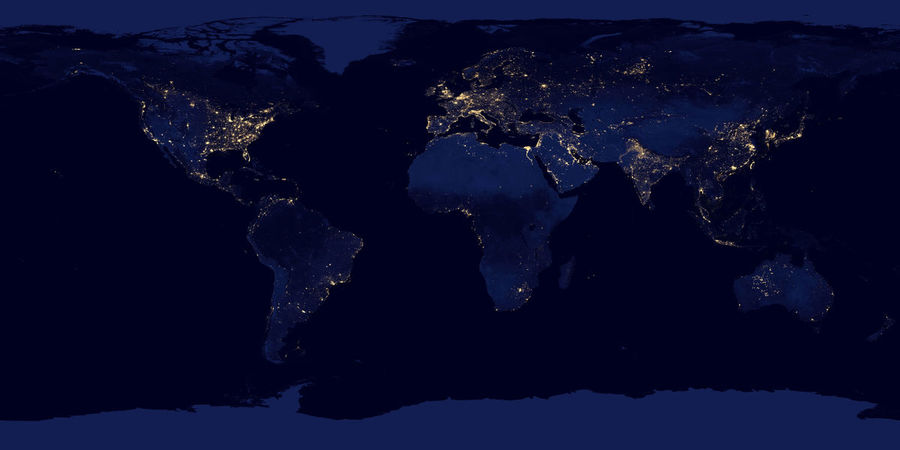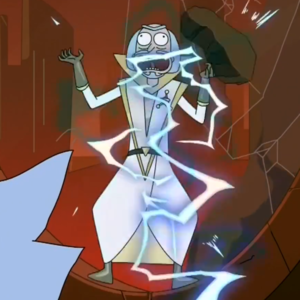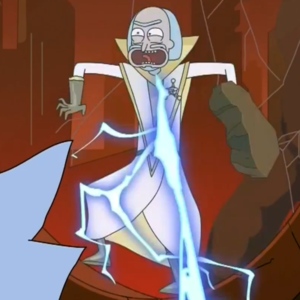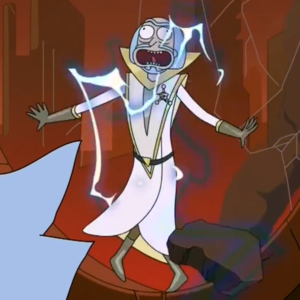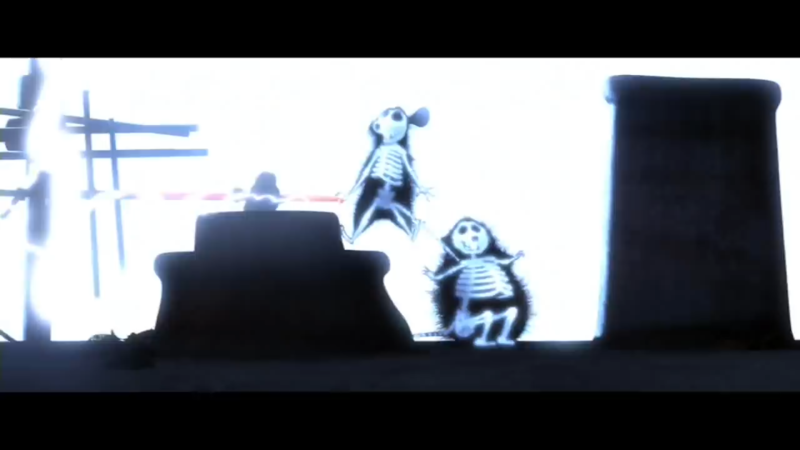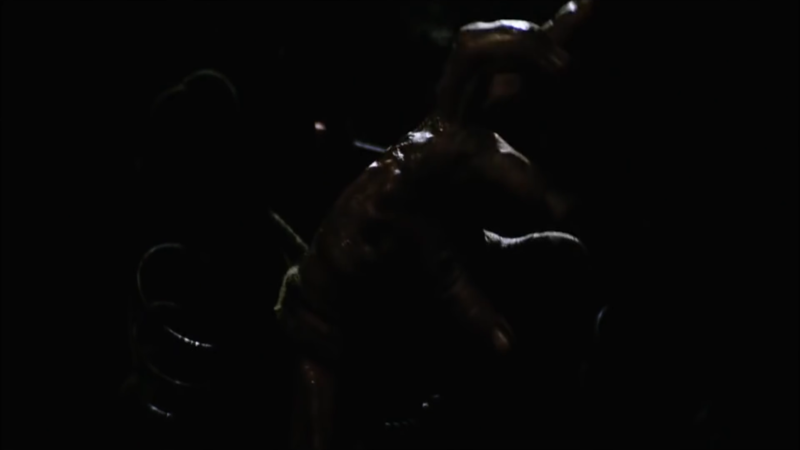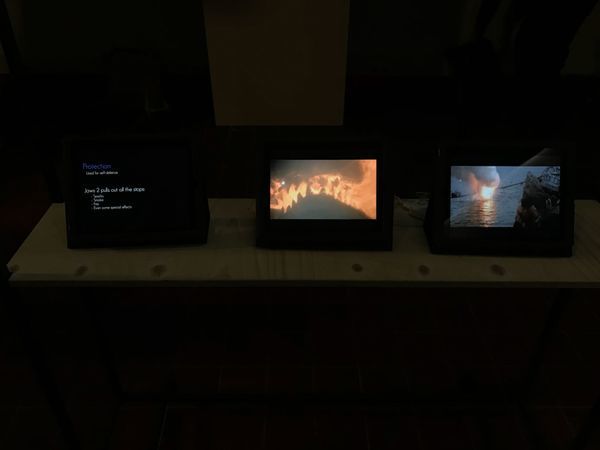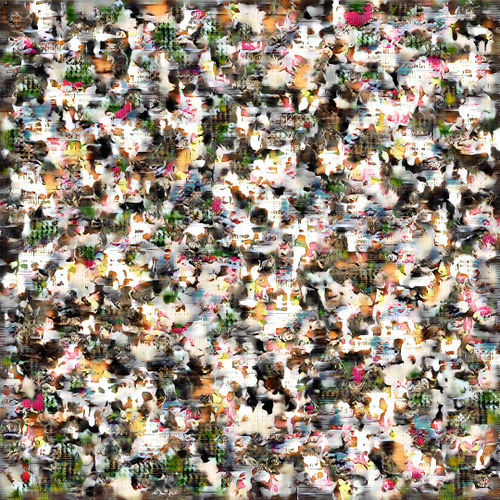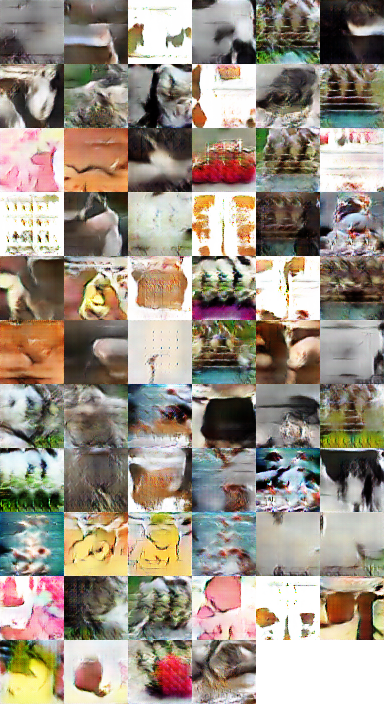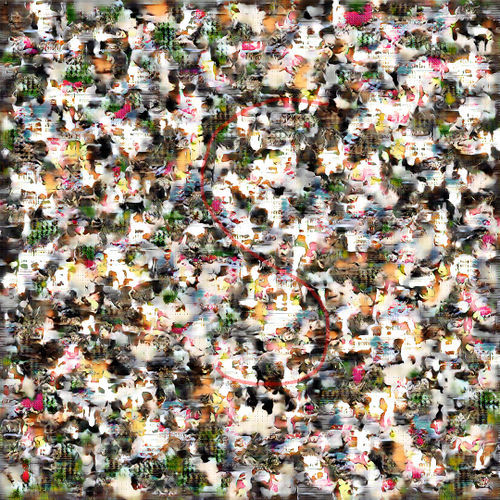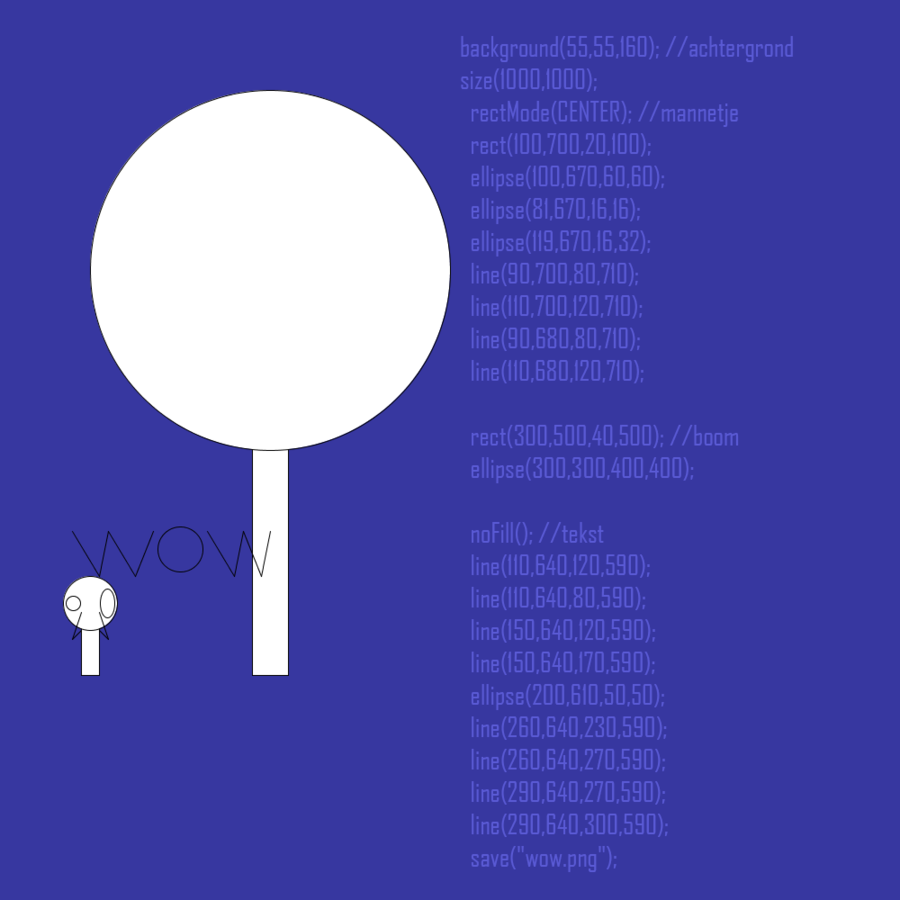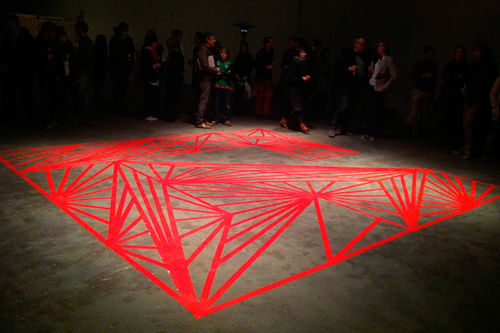User:Koen
Contents
- 1 Project 1: On The Body
- 2 Project 2: Sensitivity Training
- 3 Project 3: Mind of the Machine
- 4 End Reflection
- 5 Sketch
- 6 Quarter 10
- 6.1 Forward/Introduction
- 6.2 Abstract
- 6.3 Central Question
- 6.4 Relevance of the Topic
- 6.5 Hypothesis
- 6.6 Research Approach
- 6.7 Key References
- 6.8 Literature
- 6.9 Experiments
- 6.10 Insights from Experimentation
- 6.11 Artistic/Design Principles
- 6.12 Artistic/Design Proposal
- 6.13 Realised work
- 6.14 Final Conclusions
- 6.15 Bibliography
Project 1: On The Body
'Exploring bespoke technologies as remediation, adaptions or extensions of the human body: Each third year will produce a new work inspired by one of the minor projects, but in an explicitly different medium or approach.'
Context
We spend the first week of this project helping the minors. They had their own groups with their own projects: my group had the idea to raise awareness for the 'terms and service' and careful you need to be when reading them. If you read them at all, that is. Be careful of what you agree with, it might be used against you. In the installation they secretly take a picture of you and spread it to computer screens across the room to show you how fast it can spread.
Project
My task in the first week was to make the wiki in order. I had to record important parts of the minors' research with either writing text or showing pictures. I also had to show the result of their work, pictures that were unexpectedly taken of you and shown on a giant screen in the next room.
The wiki page: http://digitalcraft.wdka.nl/wiki/Introweek2017 (the project is called 'I agree')
For my second project, I had the idea to visually show you how fast one of those pictures could spread across the world with the help of animation (my department). You would see an animation of the globe and the picture being spread across it in the form of tiny dots of light. It starts with one dot and over time more dots start to appear all across the globe until it's covered with dots.
I used a lot of pictures of the earth at night as a reference on which area's on the world have a large population. Here are a few:
The result is the following video:
Reflection
The first week was great, even if it was pretty sudden. I had to adapt really fast to the group I was placed in and understand where they were coming from with their project. I was also happy to know that my help was appreciated in the group, as I had the task to make sure the wiki was in order.
The second project was honestly not a fun project to work on, mainly because I was making it really difficult for myself. Drawing all the dots on the globe for multiple frames drove me insane. And it doesn't really look all that good in my opinion. I needed too many dots and I couldn't give them all my attention or this project would take up too much time. There was probably an easier way to make the animation, but I don't know how and by the time I started questioning my methods I was already half-way in my project. I see it as an extension of the human body to properly see what happens to your data.
Project 2: Sensitivity Training
This project is all about exploring the effects of external inputs on the human body.
Context
The class is divided in groups and each of them explores a different input. There is light, magnetism, voltage, heat and stretch. I have formed a group with Tutu and we have chosen voltage. The first week we were supposed to make three very short (10 seconds) video's. Each of these video's should display a different effect that voltage has on the human body. In the second week we thought it would be fun to show how voltage is being presented and what kinds of effects it has in the world of cinema. As such, we wanted to make a compilation of all kinds of movieclips showing off what voltage can do in the world of fiction.
Project
The three video's we made each had its own theme:
In the first video we tried to measure my body voltage using a power source, some cables and a multimeter, to show that voltage naturally runs through a human body. We connected the power source to the multimeter and the multimeter to me, but we didn't really get a measureable result. Though, as I started moving my body, with the electrode of the multimeter in my hand, the multimeter suddenly started to measure something. When I stopped moving, the measuring stopped. It really was my body that triggered it, if I only moved the electrode around nothing happens. We thought it was really interesting, so we decided to just record this instead of what we had originally planned.
Video #1 (voltage measure):
In the second video I rubbed my hair with a balloon to show the effects of static electricity on human hair. It makes your hair stick to the balloon. I sped up the rubbing so that the video's length still fit in the ten second range and because it is funny.
Video #2 (shock):
The third and final video shows me shocking my fingers with an electric flyswatter. The goal of this is to record the reaction of my body to the shock that I get, particularly the facial reaction. I used a zoom and a slow down on the face to clarify this and also for comedic effect.
Video #3 (balloon):
Our compilation consists of various clips from for example 'Back to the Future', 'Frankenstein', 'Ernest goes to jail', 'Finding Nemo' etc. We collected all kinds of clips and piled them together in a GoogleDoc. We decided to order these clips into specific categories in an effort to bring some order to our list of clips. We used the categories: Torture, Protection, Science, Accidents, Magical and Treatment. The last two were ultimately scrapped for our compilation, because we would end up with far too many clips to show. We're planning to use three different screens, one for the main shockin', one for text and one for some supporting footage/images. The left text screen displays information about the category and/or the clip displayed on the middle screen. The right supporting screen displays either some of the main clips' shots at the same time or some interesting images to build on information from the left screen.
Reflection
Finding creative ideas to show the effects of voltage on the human body was not that hard. The more interesting part is how to show these ideas in video form. Luckily it was all easy and fun to do.
The shock compilation wasn't hard either, just really tedious, as Tutu and me wanted to improve our editing skills (learning more about all these video effects) along with this project. I'm really happy that we were able to do that and that it isn't just a sequence of movie clips. I mean it is, but we used some sort of structure and also some glitchy transitions between clips to show that we put a bit more work in it. And it shows, considering this project also took a little longer to make than I wanted. But unlike project 1, I really enjoyed working on this compilation.
Project 3: Mind of the Machine
'Exploring the consequences of a machine learning of the human mind.'
Context
In this project Dieke and I were studying the definition of 'cute'. In nature cuteness is a way of survival. What kind of parent would abandon something so adorable? But a machine is not like that. A machine is cold, calculative and most of all emotionless. That's why we are certain that recognising and acknowledging cuteness is what makes us human. How can a machine be able to understand what cute is?
Project
For our Study of [...] assignment, we chose Study of Cute Things. We had to:
- Gather (find/collect/curate/generate) a set of at least 100+ images that fit within a chosen classification/category, which in someway can be considered quintessentially human.
- Write a 250+ reflection on the chosen category and the method of collecting images/data set.
- Study the images, order, and make a selection into a visual essay (add a caption to each image.
- Run the data set through the image generator algorithm and produce a few machine generated images to your essay.
The end result has to be a professionally crafted booklet containing all of the above.
Dieke almost immediately knew that she wanted to make her booklet about cute things and I guess I just went along with it. We used Google Images and Pinterest to find our images using the word 'cute' and we took the pictures that to us personally invoked a feeling of cuteness. When we found 100+ images, we gave them to Boris and we let his algorithm determine its own definition of cute. The result was this:
We also got a bunch of separate images, also made by the algorithm forming and mixing images:
In the booklet itself we decided to start with what drove us to investigate cuteness. We talk about cuteness being a subjective thing (what you find cute, might not be cute to others) while at the same time, cuteness has an aura of objectivity to it. After all, there are a ton of character traits that are often used by character designers to make the audience think that what they're seeing is adorable. After that we picked our personal favorites from our collection, with captions explaining why we chose these particular pics.
Then we tried to make sense of the mixture of cute picture. As I suspected, the end result is not cute at all and the computer doesn't seem te understand what cute means. Although I did spot the 'S' for 'Schattig' (which means cute in dutch), there isn't a single thing in this picture that invokes the feeling of cute for me. Some of the cute colors, white and pink, are present, but the machine seems to randomly generate something without knowing what the emotion in these pictures is. But maybe that's the point. Maybe it does understand, but we don't understand it.
Reflection
It was really fun to overthink the concept of cute. Although I do mean a lot of what I wrote in the booklet, at its core, we just wanted to use cute things, nothing more, nothing less. Cute things is quite a broad concept though. I think that's why the image of the algorithm is so mixed up. If we had defined our search term a bit more, I think we would have a more stable and cute end picture. Using 'anything' that we personally found cute was the cause of so many different pictures ending up in the end project. I learned a lot as well. I didn't know how to make a booklet before this assignment. I don't think it looks as professional as it could have been but I learned the basics of it, so I at least got that.
End Reflection
Because my study is animation, I am quick to say that animation is my craft, as it is the way I tell stories, convey ideas and what I do for fun. I always go back to 2D animation, with programs like TV-Paint and After Effects, because it is the area I wish to improve upon and it is what I am the most interested in. My interest lies with video’s, cartoons, drawing, giving life to things. When a project stands before me, my immediate reaction is: ‘How can I tackle this with animation?’
So when I got in Digital Craft and I had to do things with my hands, i.e. not animation, I was a bit worried. I had no idea how to do anything in Digital Craft, I have no experience with woodworking, programming, basic mechanical constructs etc. Somehow in my head I thought that I needed to learn all of that. Obviously this isn’t the case, but animation was a bit too digital for the projects that we got. If you only did ‘digital’, you wouldn’t get to the ‘crafting’.
It doesn’t mean I am not interested in Digital Craft though. A lot of the projects I was working on gave me something to think about. While the most fun project to work on was the shock compilation, the project I found most interesting was ‘the Mind of the Machine’. A machine doesn’t work on art projects with emotion or reason, but with randomness. This is what I want to explore further in quarter 10.
For next quarter I want to return to what I’m good at (animation), while also learning some of the many things that digital craft has to offer: programming. I am interested to see what the machine thinks about animation and let it animate something with the use of code.
I am by far not the first one that has made something with code. People like Sergio Albiac generate entire portraits completely from code and transcribed voice. But I think it’s important to give the machine as much creative freedom as possible, otherwise you’re just using the machine as a tool, instead of trying to understand its perception on art. Giving every line some sort of ‘random’ factor is very important for that, I think.
Sketch
Quarter 10
Forward/Introduction
My name is Koen Dekker and I study 'Animation' at the Willem de Kooning Academy in Rotterdam. I love everything about my study and thus I am pretty interested in where my favorite medium is headed, but I'm also concerned in how little influence we artists might have on our future projects.
Abstract
I want to know how the mind of a machine can help us in the future of arts/animation and if it can eventually replace artists. Machines and technology are becoming more and more prevalent in today's environment, thus I think this is quite important. I will do this by comparing differences between the choices that people make and the randomness that the machine uses. To do this, I am going to let people play a certain game and let them make certain choices. Depending on those choices they will draw a certain pattern on some paper. After that I will let the machine do the same game and compare its results with that of other people. //(117)
Central Question
What is the difference between creating by choice and creating by randomness?
Relevance of the Topic
In a world where everything is being automated, art is one of those many things that might find the same fate. Algorithms are able to create nice patterns for now, but are they going to be able to create the story and emotions behind an art piece in the future as well? https://motherboard.vice.com/en_us/article/jp5737/these-artworks-were-made-by-algorithms
And if they are able to do this, should that be considered art? Usually it's the creator of the algorithm that is considered to be the artist, but if you give an algorithm a certain amount of creative freedom, which causes a different result each time you run the algorithm, then who is the real artist here? Creating a few paintings seems harmless enough, until you think that these robots might be able to replace artists for good. One of the few things we have that robots don't, is choice. The ability to choose the best option to recreate the exact concept that we have in our minds, whether it's a physical concept or an abstract one. A machine doesn't do this. It acts by the numbers. It acts how the algorithm decides it should act. It doesn't want anything.
Hypothesis
I hope to find some kind of difference between the creations between my algorithm and those of the participants. To be more specific, I'd like to find a consistent pattern in the creations of the participants. But I suspect them to just draw in random directions, as that is very tempting to do. But if they get bored of drawing they might just draw a straight line to the edge of the paper.
Research Approach
First I knew I had to make some kind of algorithm. Considering I'm an artist I decided to use a program called 'Processing' for writing my code. 'Processing' is programming software made for artists that want to get into algorithmic art. Even though it is not as nearly as difficult to use as actual programming software, it is still hard, as it requires you to learn various different terms and what they mean. But by experimenting with it, I should be able to learn enough about it. I also needed to create some kind of game, something that was easy to understand. The rules of this game needed to be exactly the same as the code in 'Processing', except of course at the point where the player needs to make a choice. This was to make the eventual comparing a lot easier and to make sure that the game was fair. It's no good comparing two results if the player had more options than the machine.
Key References
The main inspiration for this project is 'Conditional Design', which is known for its playful processes from which the product is formed. Each work has its own set of rules which the participants need to follow. It's basically a book full of games of which the eventual result is a piece of art.
Another inspiration is John Whitney, not so much for my final project, but more so for research, when I was learning 'Processing'. At that time I was more searching for what the mind of a machine could mean for animation in the future and Whitney was an artist that asked that same question years ago:
https://www.youtube.com/watch?v=5eMSPtm6u5Y
Literature
https://www.artsy.net/article/artsy-editorial-hard-painting-made-computer-human
Experiments
(what are you going to test out and why)
Insights from Experimentation
(what have you pulled from your hands on practice based research?)
Artistic/Design Principles
(what is your own criteria for designing?)
Artistic/Design Proposal
(what do you propose to make)
Realised work
(what did you actually make)
Final Conclusions
(what was the point? what do you take away?)
Bibliography
(what did you reference in this text (other texts, images, films, exhibitions)? Remember to use proper in-text citing!!!!!!!!!!
